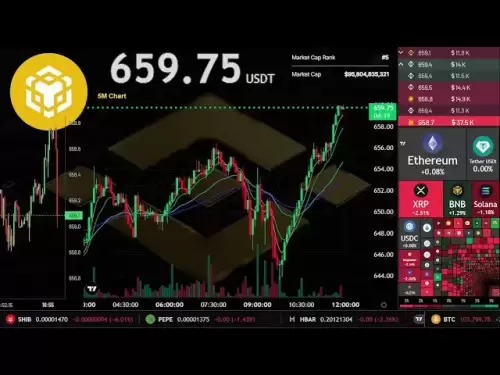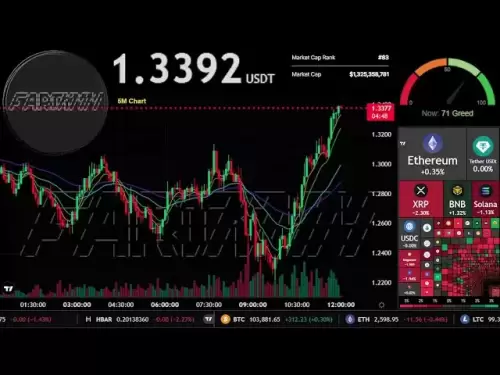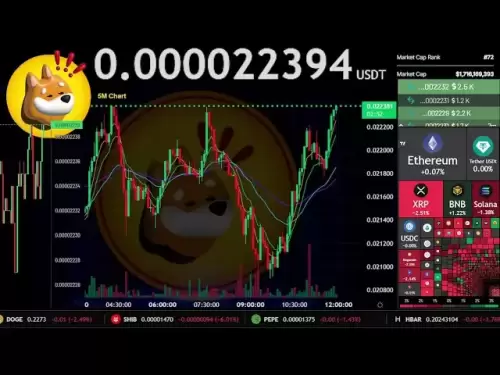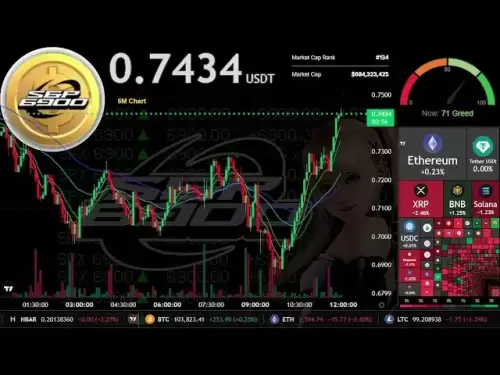As an Ethereum Layer 2 expansion solution, Polygon (POL) shines in DeFi, gaming, NFT and other fields by improving performance and building an interconnected blockchain network, and is expected to become a cryptocurrency giant in the future.
As a leader in Ethereum’s second-tier expansion solutions, Polygon (POL) has gained a foothold in the market with its strength to solve problems such as high fees and network congestion. Its innovative technologies build an efficient and low-cost decentralized application development environment for developers, and shine in the fields of DeFi, gaming, NFT, etc. So, in ten years, can it be crowned the cryptocurrency giant? Below we will explore the price trends in 2030 and beyond.
Polygon's technological advantages drive development
Improve Ethereum performance
Polygon is committed to optimizing Ethereum performance. Through sidechain technology, it greatly increases transaction speed and significantly reduces fees. Ethereum is often criticized for its network congestion and high handling fees. The emergence of Polygon is a good medicine, attracting many developers and users and laying the foundation for its ecological prosperity.
Build an interconnected blockchain network
The interconnected blockchain network framework built by Polygon greatly promotes seamless interaction between different dApps. All applications are no longer isolated, and data and assets are circulated smoothly, enhancing the vitality and practicality of the blockchain ecosystem and broadening its own development space.
Expanding application fields to help value growth
Breakthroughs in the DeFi field
Polygon has achieved remarkable results in the DeFi wave. Many financial products such as lending, trading, and income farming are built on their platform. The rich application scenarios have increased the frequency and demand of POL tokens, injecting strong impetus into their value enhancement.
Innovative applications in the gaming industry
Polygon brings innovative experiences to the gaming industry. With the help of blockchain technology, game assets are truly attributable to players and ensure fairness, etc. More and more game projects choose Polygon, attracting a large number of gamers to enter its ecosystem and driving the rise in POL demand.
Wide application of the NFT market
The NFT market remains high, and Polygon performs well. Its low fees and high speed characteristics make NFT minting and trading more convenient, attracting many creators and collectors, and further promoting the value growth of POL.
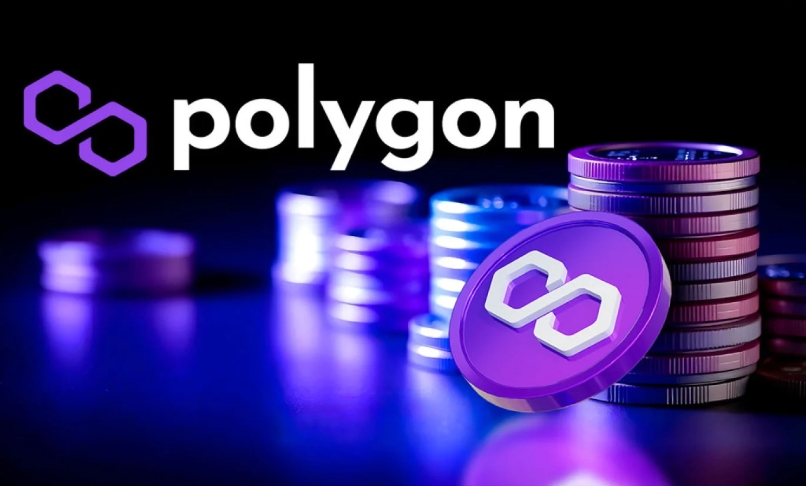
Challenges and Opportunities in Market Competitive Scenario
Threats from competitors
Second-layer expansion platforms such as Arbitrum and Optimism have formed a fierce competition with Polygon. They are also committed to solving existing problems in Ethereum, each with its advantages. Polygon needs to continue to innovate and consolidate its technological and application advantages to meet competitive challenges.
Uncertainty brought by Ethereum 2.0
The advancement of Ethereum 2.0 is a double-edged sword. If problems such as its own scalability are successfully solved, the demand for third-party expansion solutions such as Polygon may decrease; but in the transition stage, Polygon still has the opportunity to expand its market share with its existing advantages.
Analysis of price forecasting situation in different periods
Price forecast for 2025
According to Changelly analysts predict that if Polygon continues to expand, prices are expected to rise sharply. However, due to factors such as Ethereum 2.0 progress and competitor performance, AMBCrypto expects the POL price to fluctuate between US$0.53 and US$0.78 in 2025.
Price forecast for 2026
DanielCrypto believes that if Polygon maintains its key position in Ethereum and expands its cooperation, POL may reach $1.00 - $1.20. But CoinForecast's Jane Smith pointed out that competition and regulatory uncertainty may make the POL at the end of 2026 at a low of $0.579 and the market is favorable to the highest $0.835.
Price forecast for 2030
BenjaminCowen expects the 2030 POL price to be in the range of USD 3.00 - USD 9.85. With deep application in areas such as DeFi, it is expected to achieve significant growth, but emerging blockchain competition and global regulatory changes are potential factors.
Price forecast for 2040
Analysts generally believe that by 2040, Polygon may become a key blockchain player, with prices ranging from $18.00 to $30.00. This is closely related to the widespread use of blockchain and the emergence of new DeFi applications based on its platform.
Price forecast for 2050
Cryptocurrency coach Chris Burniske predicts that Polygon may play a major role in the decentralized economy in 2050, with prices reaching $50.00 or even higher. Its focus on scalability and the popularity of blockchain applications will drive price growth.












































